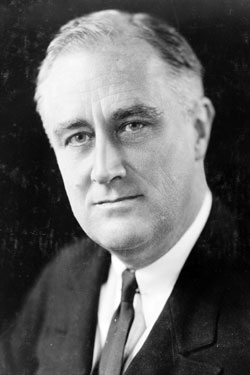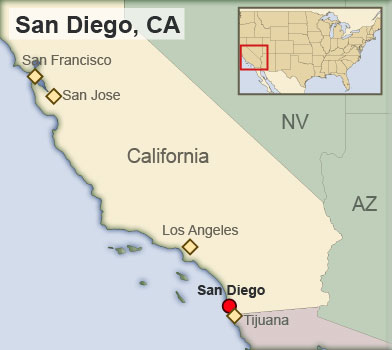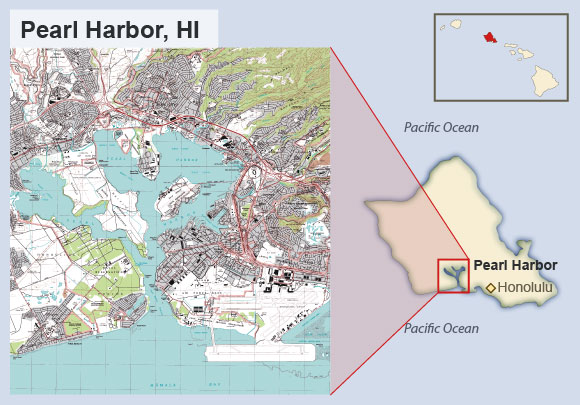The United States’ Involvement
Japan’s actions now sparked concerns with the United States. President Franklin D. Roosevelt responded to the Japanese by increasing the number of ships in the Pacific. Then in 1939, he moved the American Pacific Fleet from San Diego, California to Pearl Harbor, Hawaii.

Franklin D. Roosevelt
The United States was hoping to avoid war and had advocated a policy of neutrality, which means it would remain impartial. Similar to the countries that were engaged in battle, the United States was also in the throes of a depression. Many Americans supported the ideals of isolationism, or the idea that the United States should not be involved in foreign affairs. They believed the U.S. would best be served by avoiding war. Americans felt they should focus on improving the economic stability of their nation. The government responded to such beliefs by implementing a series of Neutrality Acts during the mid-1930s. According to the acts, the United States would withhold weapons and economic assistance to any nation at war. The acts would also require all nonmilitary purchases to nations at war be done so in cash, which became known as “cash and carry.”

Map and location of San Diego, California
Although, as a nation, the United States desired to remain neutral, President Roosevelt knew this was not completely feasible. After his re-election in 1940 to his third term in office, he actually sought more U.S. involvement in the war. In 1941, he proposed America provide war supplies to Great Britain without any monetary compensation. In doing so, the United States was solidifying a stronger relationship with Great Britain, which could later serve the United States in a time of need, whether politically, militarily, or economically. Congress approved by passing the Lend-Lease Act in March of 1941.

Map and location of Pearl Harbor, Hawaii